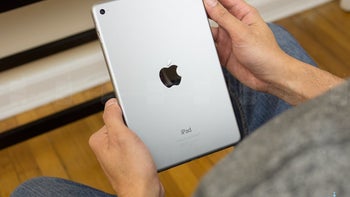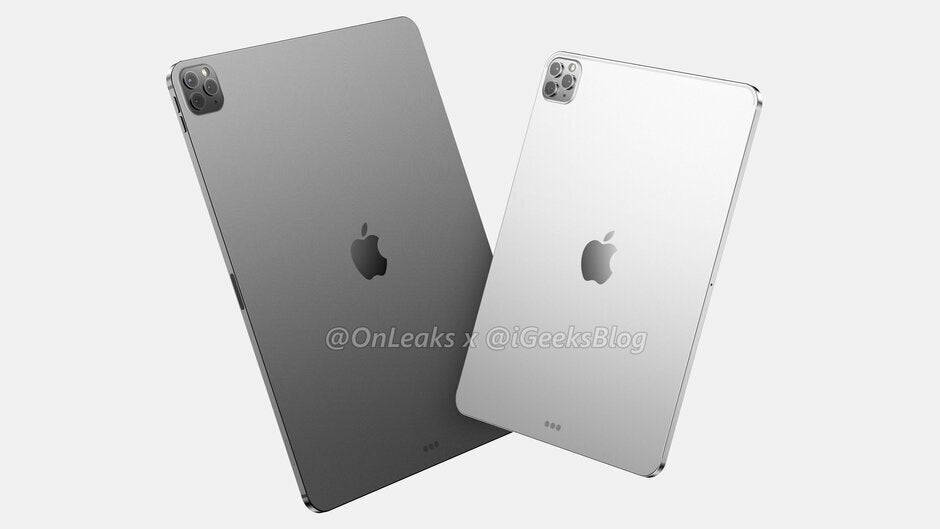Top analyst sees a new Apple iPad mini this year using a mini-LED display

Apple is reportedly looking at using a mini-LED display for its upcoming iPad tablets. This technology shrinks the size of the individual LED backlights and results in better contrast, better brightness, and better black levels. MacRumors today was able to get its hands on a note to clients written by TF International analyst Ming-Chi Kuo, the man with a crystal ball when it comes to Apple. According to Kuo, Apple is developing six products that will employ mini-LED technology and all six will be released in 2020-2021.
Three of Apple's six mini-LED products are Macs and the other three are iPads including a 12.9-inch iPad Pro, a 10.2-inch iPad, and a 7.9-inch iPad mini. The only one of these three tablets that Kuo gives any kind of release date for is the iPad mini which he says will be launched sometime this year. Interestingly, the analyst notes that the coronavirus will not slow down Apple's research and development of mini-LED technology.
Mini-LED screens will be used as a transition technology before the introduction of micro-LED displays
In the note, Kuo tells clients, "The product research and development for mini-LED remain unaffected by the COVID-19. The visibility for commercialization has even exceeded the expectations in our previous report. The trend for Apple’s development and promotion of mini-LED are more identifiable in five years. We predict that Apple is currently developing six mini-LED-support products (vs. the previous report of only two products), including a 12.9-inch iPad Pro, a 27-inch iMac Pro in 4Q20, a 14.1-inch MacBook Pro (upgraded from 13.3-inch), a 16-inch MacBook Pro, a 10.2-inch iPad, and a 7.9-inch iPad mini in 2020).

Apple is supposed to introduce two new iPad Pro models later this month both equipped with a Liquid Retina LCD screen
Apple is supposedly about to unveil two new iPad Pro models (11-inch and 12.9-inch) at the end of this month. Both of those models apparently won't sport the mini-LED displays but
will feature the camera module used on the iPhone 11 Pro and iPhone 11 Pro Max with the addition of a Time of Flight (ToF) sensor. That means you should expect these slates to sport a 12MP Wide camera, a 12MP Ultra-wide camera, and a 12MP telephoto camera. The ToF sensor measures the time it takes for an infrared light to bounce off of a subject and return to the tablet. Armed with that information, more accurate depth information can be created which supports improved AR capabilities and more.
Apple could have gone with OLED instead of mini-LED for the three aforementioned 2020-2021 iPad models. However, mini-LED screens have much of the same advantages offered by OLED screens including a wide color gamut, but without the risk of screen burn-in. Mini-LED is a transitional technology with micro-LED to come afterward. The latter is not ready for prime-time technology-wise. Last year, there was talk of Apple using micro-LED on future iPhone models. Similar to OLED panels, no backlight is required. That means that the color black is created by turning off individual pixels, the same way black is created on OLED displays. Pixels that are turned off do not draw on a device's battery. And that means that using dark mode on micro-LED equipped devices can save battery life.
The company has been working on micro-LED capabilities for a few years now. Back in 2018, Apple reportedly starting working on these displays at a secret manufacturing facility in California near company headquarters where 300 engineers were designing and developing these displays. The most recent projection is that we won't see micro-LED displays on a smartphone until 2023 at the earliest. Before that happens, mini-LED displays will be used on some of Apple's devices including the iPad; that is, if one of the most accurate Apple analysts is right again.










Things that are NOT allowed: